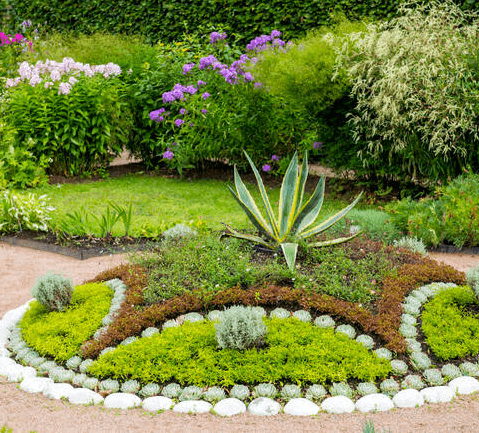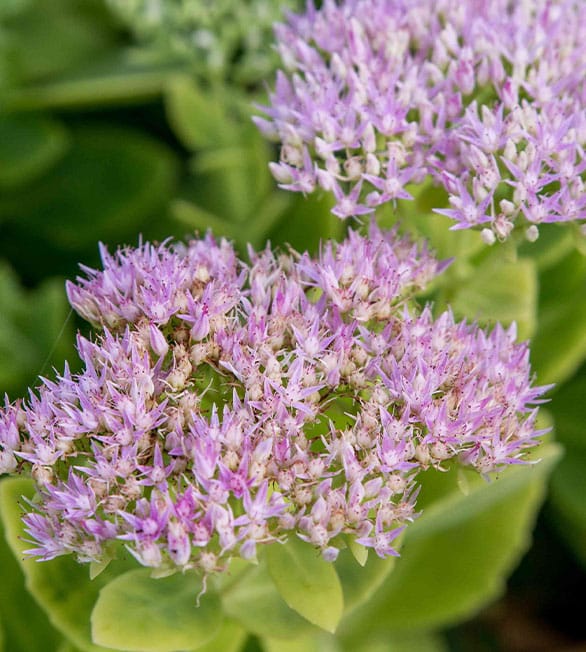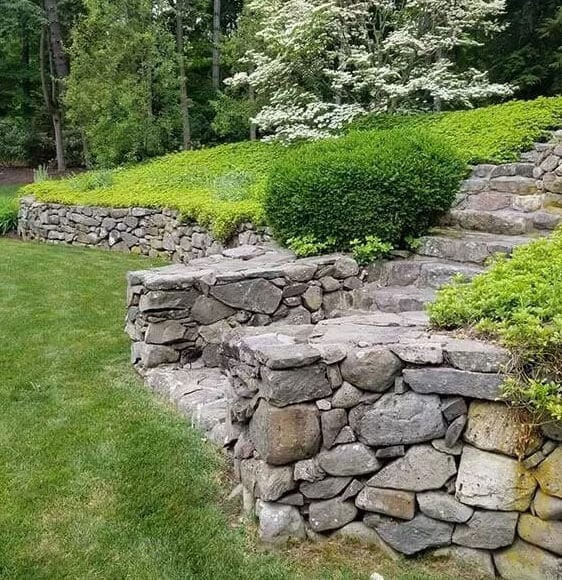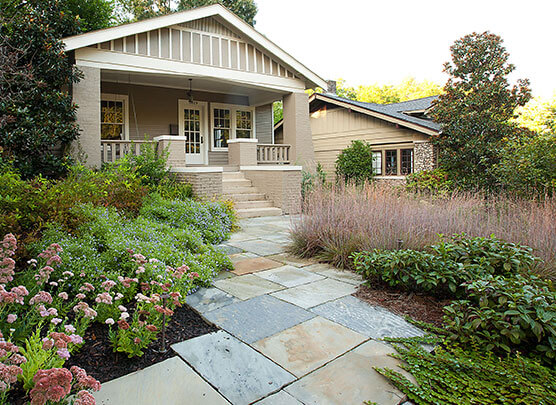
Industry Leading
We pride ourselves on delivering the
best services in the industry.
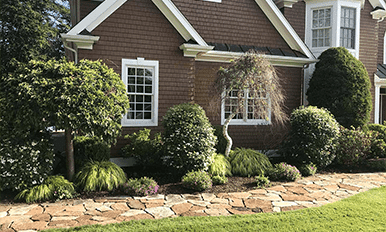
Schedule by Phone
Call Us Any Day 8am – 6pm
(203) 438-1060

Satisfaction Guaranteed
It’s simple, we aim to please.
100% satisfaction guaranteed.
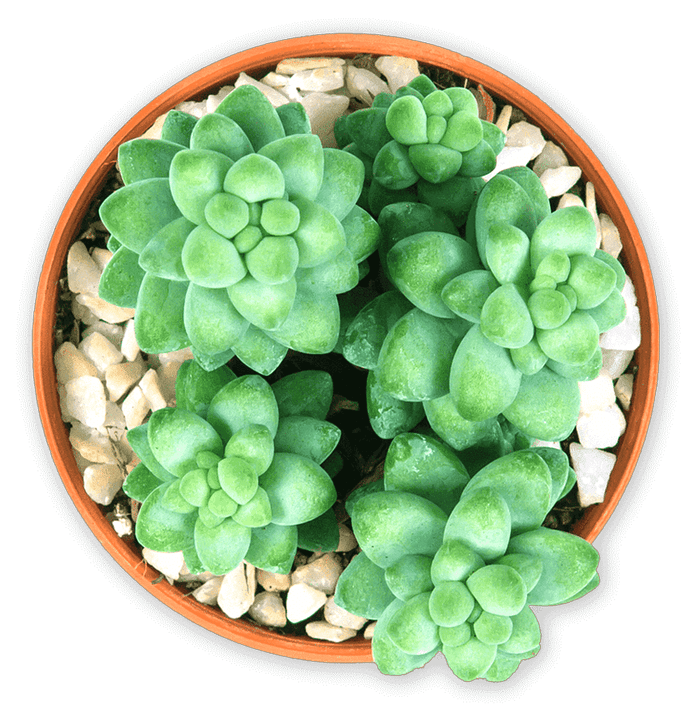
Stone Crop Basic
Stonecrop is a succulent plant that originates from the mountains of Central Asia. It is a member of the Crassulaceae family which includes over 1,400 species of succulents. Stonecrop gets its common name from the Greek word “lithos” meaning stone, and “kropos” meaning fruit. This is due to the fact that the plant often grows in rocky or stony areas.
Stonecrop is a herbaceous perennial that typically grows to be about 6-12 inches tall. It is a low-growing plant that forms rosettes of thick, fleshy leaves. The leaves are usually green or grey-green in color and have a waxy coating that helps to prevent water loss. Stonecrop flowers are small and white or pink in color and they bloom in the summertime. Stone crops are also resistant to deer and rabbits.
Different Types of Stone Crop
There are many different types of stonecrop, and they come in a variety of colors and shapes. Some of the most popular types include:
Different Types of Stone Crop
There are many different types of stonecrop, and they come in a variety of colors and shapes. Some of the most popular types include:
• Sedum Spurium “Tricolor”
This type of stonecrop has green leaves with pink and white margins. It is a low-growing plant that forms dense mats.
• Sedum Lineare “Variegatum”
This type of stonecrop has linear, fleshy leaves that are green in color with white margins. It is a low-growing plant that forms dense mats.
• Sedum acre
This is a low-growing plant that only reaches about 2-3 inches in height. The leaves are green or yellow-green in color and have a sharp, tangy taste. This type of stonecrop is often used as a groundcover or in rock gardens.
• Sedum Reflexum “Blue Spruce”
This type of stonecrop has blue-green leaves that are needle-like in shape. It is a low-growing plant that forms dense mats.
• Sedum Telephium “Autumn Joy”
This type of stonecrop has dark green leaves with pink flowers that bloom in the autumn. It is a taller growing plant that can reach up to 2 feet in height.
• Sedum rubrotinctum or
“Pork and Beans”
This type of stonecrop gets its name from the fact that the leaves are reddish-brown in color and they resemble pork and beans. This plant is native to Mexico and can reach up to 12 inches in height.
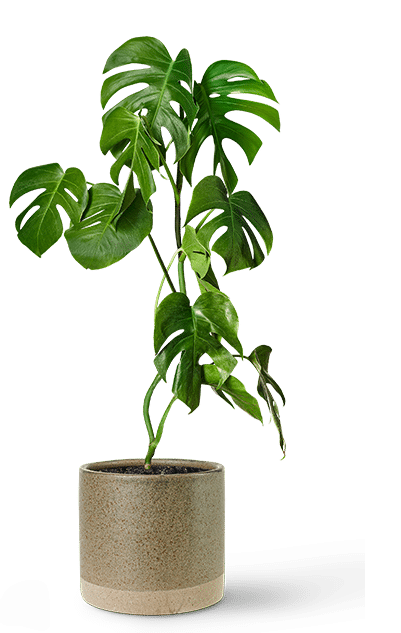
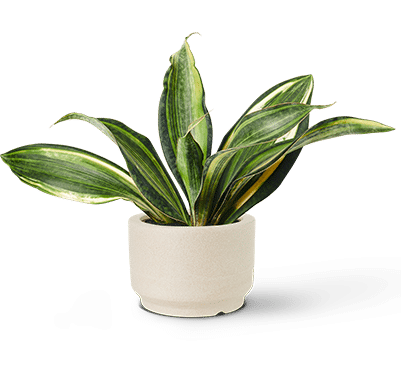

Native Varieties of Stone Crop
There are also many native varieties of stonecrop that can be found growing in the wild. Some of these include:
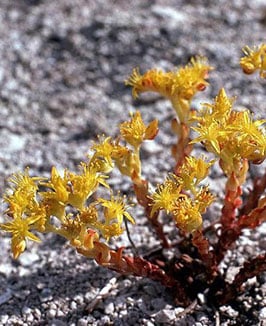
Sedum lanceolatum
This is a native variety that can be found growing in the western United States. It has yellow flowers and green leaves.

Sedum stenopetalum
This is a native variety that can be found growing in the southwestern United States. It has white flowers and blue-green leaves.

Sedum obtusifolium
This is a native variety that can be found growing in the eastern United States. It has yellow flowers and green leaves.

Sedum ternatum
This is a native variety that can be found growing in the southeastern United States. It has white flowers and green leaves.
Hybrid Varieties of Stone Crop
In addition to the native varieties, there are also many hybrid varieties that have been developed. These hybrids are usually created by crossing two different types of stonecrop. Some popular hybrid varieties include:

Sedum x Rubrotinctum 'Aurora'
This is a hybrid variety that has pink flowers and blue-green leaves. It grows to be about 6-8 inches tall.

Sedum x Telephium 'Matrona'
This is a hybrid variety that has dark purple leaves and pink flowers. It grows to be about 12 inches tall.
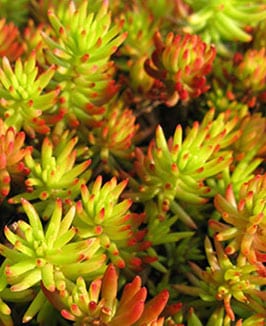
Sedum rupestre 'Angelina'
This is a hybrid variety that has yellow-green leaves with a red hue. The flowers are also yellow-green in color. It only grows to be about 3 inches tall.
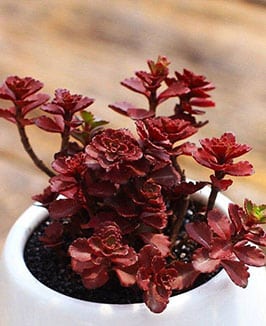
Sedum spurium 'Dragon's Blood'
This is a hybrid variety that has deep red leaves and pink flowers. It grows to be about 6 inches tall.

Choosing Between Stone Crop Types: Annual or Perennial
When choosing a stone crop to plant, you will need to decide whether you want an annual or perennial variety. Annual varieties will only last for one growing season, while perennial varieties will come back year after year.
Which type of stonecrop plant is best for you depends on your gardening needs and preferences. Annual stonecrop plants are easier to care for and they can be used to fill in gaps in your garden, while perennial stonecrop plants are a good choice if you want long-term color in your landscape. Whichever type of stonecrop plant you choose, you are sure to add beauty and interest to your garden!
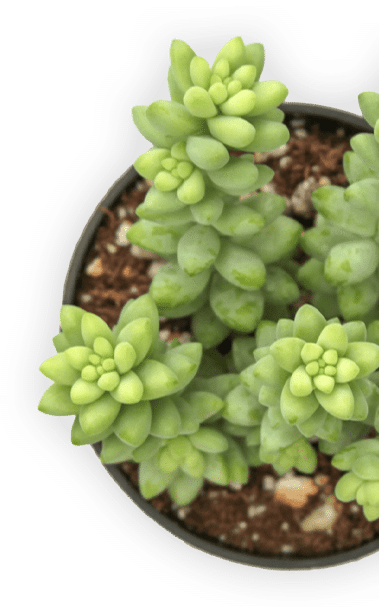
Cultivation and History
Stone crops are native to Europe, Asia, and North America. They were introduced to North America in the early 1800s. The stone crop plant is a member of the Sedum genus, which includes more than 400 species of succulent plants. The Sedum genus is part of the Crassulaceae family, which also includes jade plants, echeverias, and kalanchoes.
Stonecrop plants have been cultivated for centuries and they were once used as a medicinal herb. The leaves were boiled in water and the resulting liquid was drunk as tea. This tea was said to be helpful for treating fevers, diarrhea, and other digestive problems.
Today, stonecrop plants are grown primarily for their ornamental value. They are often used as a groundcover or in rock gardens. They are also a popular choice for succulent gardens.
What Does a Stone Crop flower Symbolize?
The stone crop plant is associated with strength and endurance. This plant is also known to bring good luck. The flowers of the plant are said to represent constancy and fidelity.
In Norse mythology, the stone crop plant was used as a remedy for frostbite.

How to Grow Stone Crop
Stone crop plants are easy to grow and require little maintenance. It is a versatile plant that can be grown in a number of different ways. It can be planted in the ground or in containers.
It can also be grown indoors or outdoors. They are drought tolerant and can tolerate poor soil conditions.
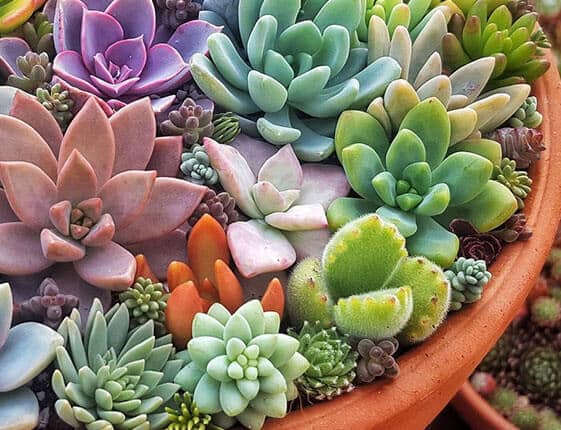


How to Plant Stone Crop
Stonecrop is a very easy plant to care for and it is perfect for those who are new to succulents. It prefers well-drained soil but can also grow in sandy or rocky soil. It is a drought-tolerant plant that does not require much water. In fact, too much water can actually be harmful to the plant and cause the leaves to rot.
To plant stonecrop, dig a hole that is twice the width of the pot and just as deep. Place the plant in the hole and fill it in with soil. Tamp down the soil to remove any air pockets.
Stonecrop can also be propagated from leaf cuttings or stem cuttings. To do this, take a cutting from a healthy plant and ensure that there are at least two leaves on the cutting. Dip the cutting in rooting hormone and plant in well-drained soil. Keep the soil moist but not soggy. The cutting should root within two to six weeks.

When to Plant Stone Crop
Spring and fall are the best times to plant stonecrop, as the weather is cool and the days are long. Stonecrop seeds can be started indoors or outdoors.
If you are starting the seeds indoors, then you should plant them about six weeks before the last frost date. Sow the seeds on the surface of a well-draining seed-starting mix and lightly press them into the mix. Keep the mix moist but not wet and place the container in a warm location.
The seeds should germinate within two weeks. If you are starting the seeds outdoors, then you should plant them after the last frost date has passed. Sow the seeds on the surface of a well-draining seed-starting mix and lightly press them into the mix. Keep the mix moist but not wet. The seeds should germinate within two weeks.
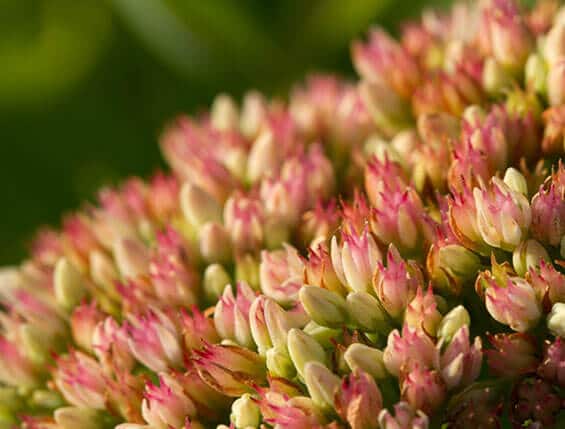
Choosing and Preparing a Planting Site
● Soil Needs:
Stonecrop plants grow best in sandy, well-drained soil. If your soil is heavy or clay-like, mix in some sand or organic matter to improve drainage.
● Sun Needs:
Stonecrop is a sun-loving succulent, so it’s best to plant it in a spot that gets at least six hours of sunlight per day. If you live in an area with hot summers, consider planting stonecrop in a location that gets afternoon shade.
● Water Needs:
Water stonecrop plants regularly during the growing season. Allow the soil to dry.
● Nutrients and Fertilizer Needs:
Stonecrops are not heavy feeders. Fertilize your plants once a year with a balanced fertilizer.
● Insects and Plant Disease:
Stonecrops are generally trouble-free. Watch for aphids and scale, which can be controlled with insecticidal soap or neem oil. Root rot can be a problem in poorly drained soils.
Stone Crop Planting Process
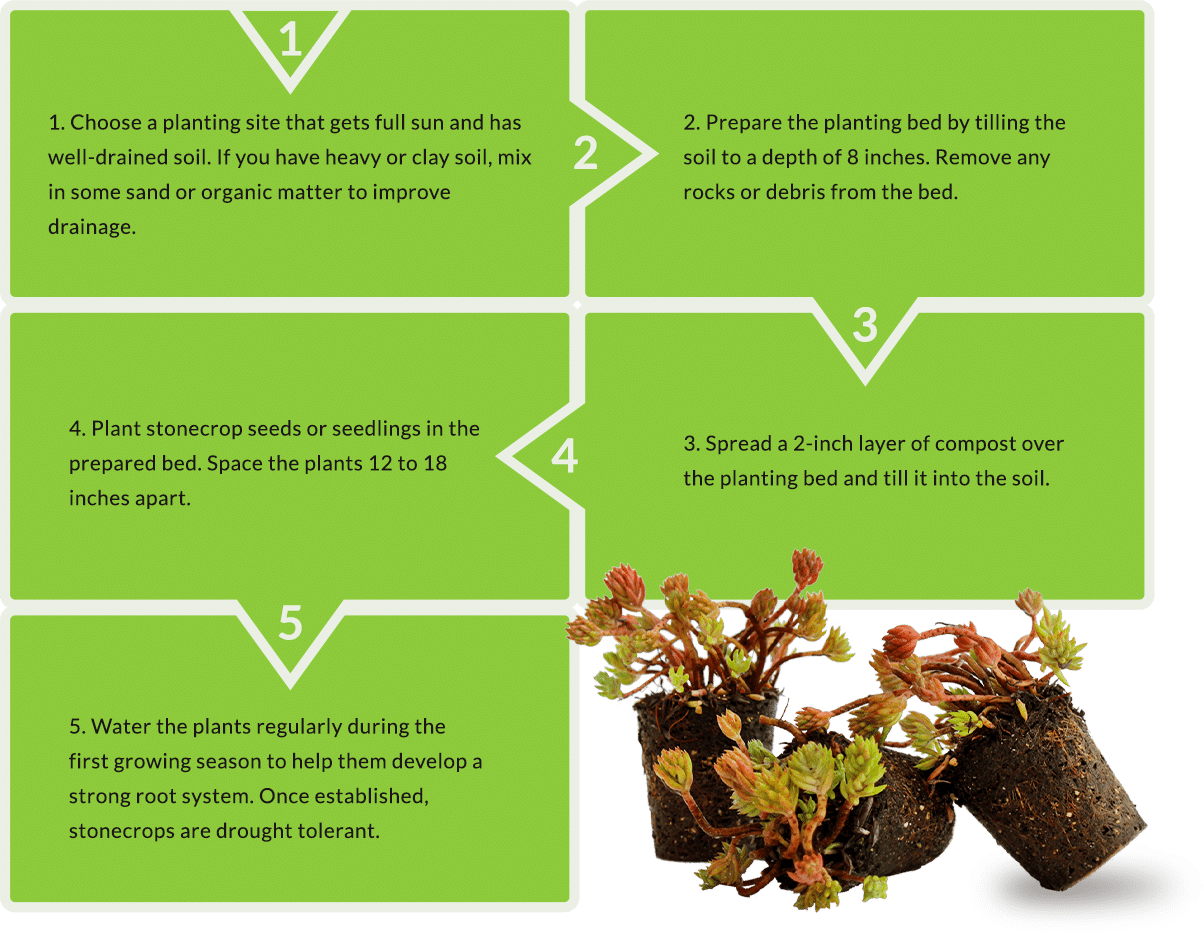
1
Choose a planting site that gets full sun and has well-drained soil. If you have heavy or clay soil, mix in some sand or organic matter to improve drainage.
2
Prepare the planting bed by tilling the soil to a depth of 8 inches. Remove any rocks or debris from the bed.
3
Spread a 2-inch layer of compost over the planting bed and till it into the soil.
4
Plant stonecrop seeds or seedlings in the prepared bed. Space the plants 12 to 18 inches apart.
5
Water the plants regularly during the first growing season to help them develop a strong root system. Once established, stonecrops are drought tolerant.
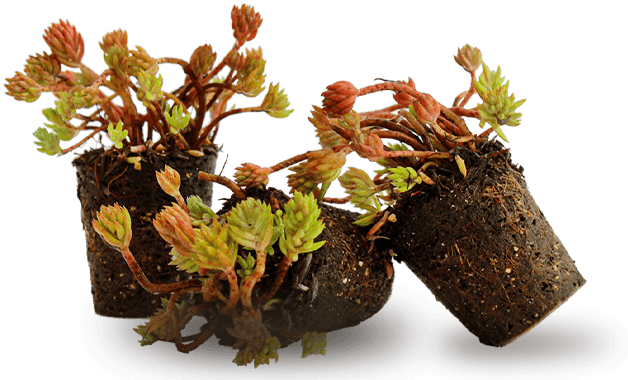
Uses of Stone Crop in Your Garden
Stonecrop can be used in a number of different ways in the home garden. It is an attractive plant that can add color and texture to any garden.
If you are looking for a unique plant, consider stonecrop. It is an easy-to-care-for plant with a variety of uses. Here are some ideas:
- Use them as a groundcover. Stonecrops make excellent groundcover. They spread quickly and stay compact, so they are perfect for covering large areas.
- Plant them in containers. Stonecrops are also well suited for container gardening. They look great in pots and can even be used as houseplants.
- Use them as edging. Plant stonecrop along the edge of a garden path or walkway. Its foliage will add contrast and interest to your landscape.
- Add them to your rock garden. Stonecrops are perfect for rock gardens since they grow well in dry, sandy soil. It is an excellent choice for difficult-to-plant areas.
- Use them in hanging baskets. Stonecrops look beautiful in hanging baskets and can even trail over the edge.
Foundation Planting
Stonecrops make excellent foundation plants. They are low-growing plants that will not obscure your view.
Here are some tips for using stonecrop in your foundation planting:
- Choose a variety of stonecrops that will complement the color of your home.
- Add a pop of color by planting stonecrops near your front door or along your driveway.
- Plant them around trees and shrubs. Stonecrops make a great way to dress up the base of trees and shrubs.
- Edge your garden beds with them. Use stonecrops to create a beautiful edge around garden beds and walkways.
Uses of Stone Crop in Your Home
Stonecrop can also be used as a houseplant. It’s a good plant for beginners because it’s easy to care for and doesn’t require much water. Place it in a sunny spot, such as a south or west-facing window.
Add One To Your Garden Today!
Now that you know a little bit about Stone Crop, why not add one to your garden today?
The plant is easy to care for and can add a splash of color to any garden.



